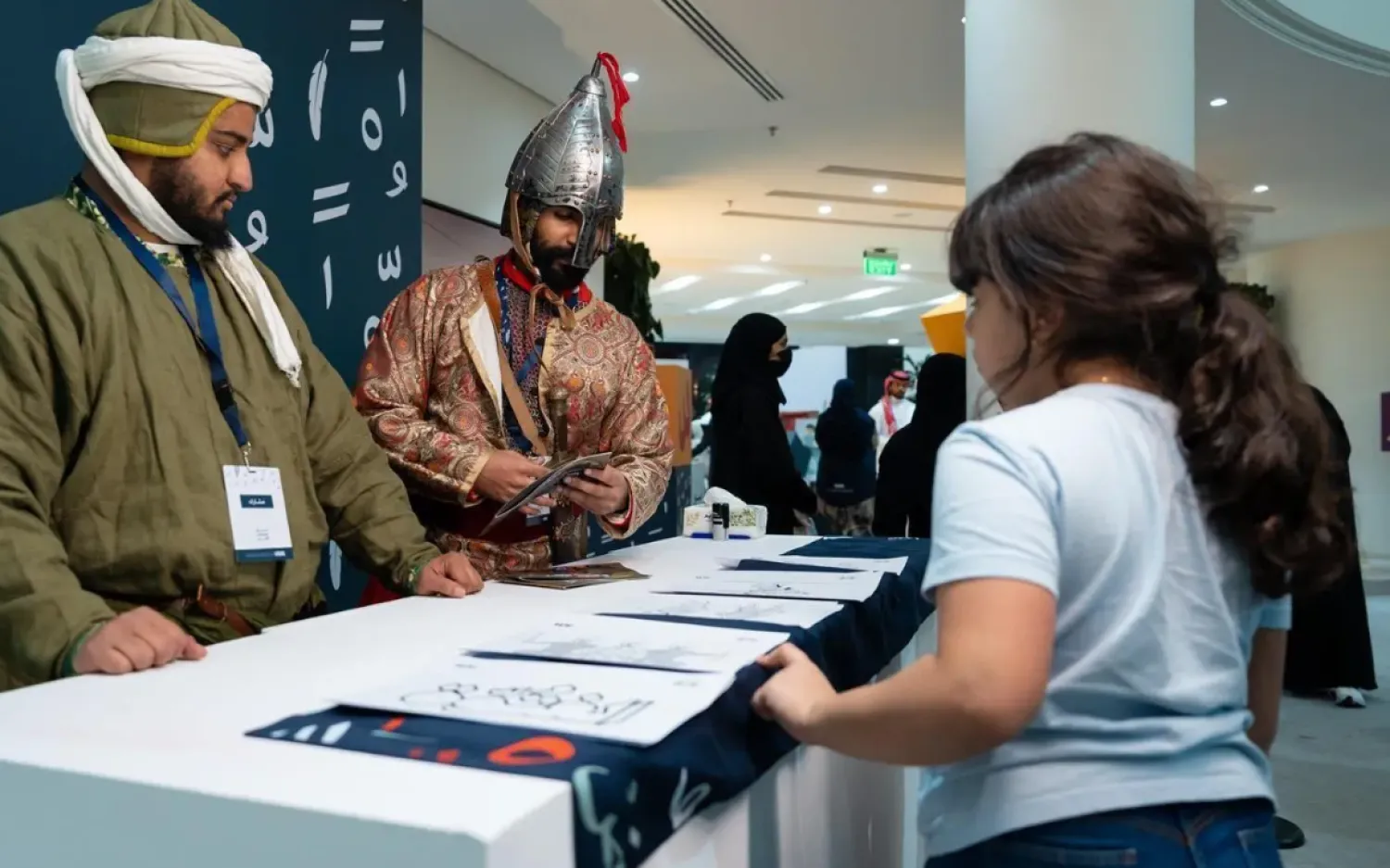A librarian in Indonesia’s Java island is lending books to children in exchange for trash they collect in a novel way to clean up the environment and get the kids to read more.
Each weekday Raden Roro Hendarti rides her three-wheeler with books stacked up at the back for children in Muntang village to exchange for plastic cups, bags and other waste that she carries back.
She told Reuters she is helping inculcate reading in the kids as well make them aware of the environment. As soon as she shows up, little children, many accompanied by their mothers, surround her “Trash Library” and clamor for the books.
They are all carrying trash bags and Raden’s three-wheeler quickly fills up with them as the books fly out. She’s happy the kids are going to spend less time on online games as a result.
“Let us build a culture of literacy from young age to mitigate the harm of the online world,” Raden said. “We should also take care of our waste in order to fight climate change and to save the earth from trash,” Raden said.
She collects about 100 kg (220 lbs) of waste each week, which is then sorted out by her colleagues and sent for recycling or sold. She has a stock of 6,000 books to lend and wants to take the mobile service to neighboring areas as well.
Kevin Alamsyah, an avid 11-year-old reader, scours for waste lying in the village.
“When there is too much trash, our environment will become dirty and it’s not healthy. That’s why I look for trash to borrow a book,” he says.
Jiah Palupi, the head of the main public library in the area, said Raden’s work complemented their efforts to combat online gaming addiction among the youth and promote reading.
The literacy rate for above-15-year-olds in Indonesia is around 96 percent, but a September report by the World Bank warned that the pandemic will leave more than 80% of 15-year-olds below the minimum reading proficiency level identified by the Organization for Economic Cooperation and Development.









